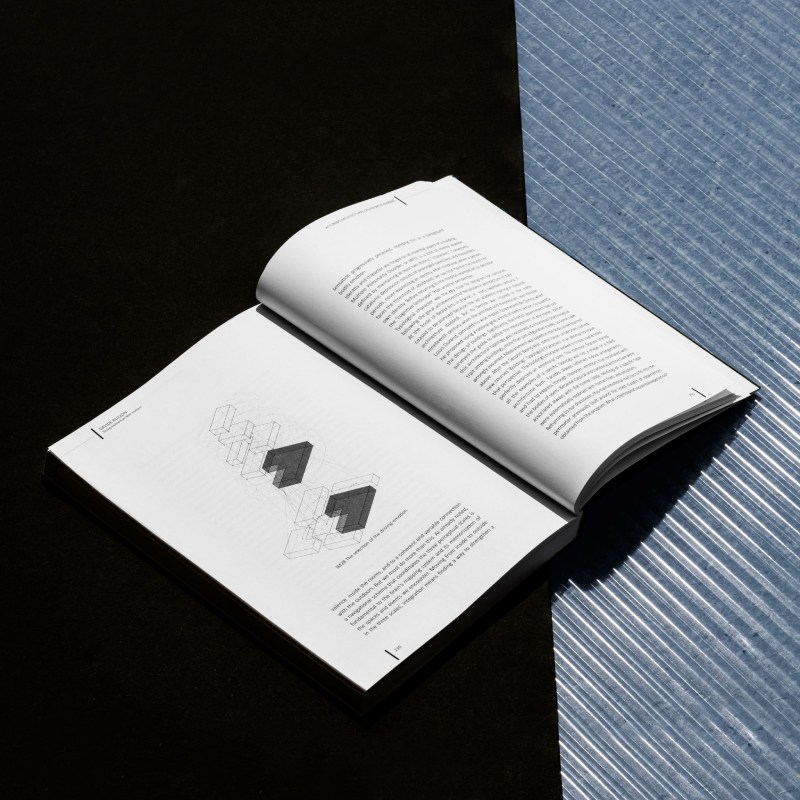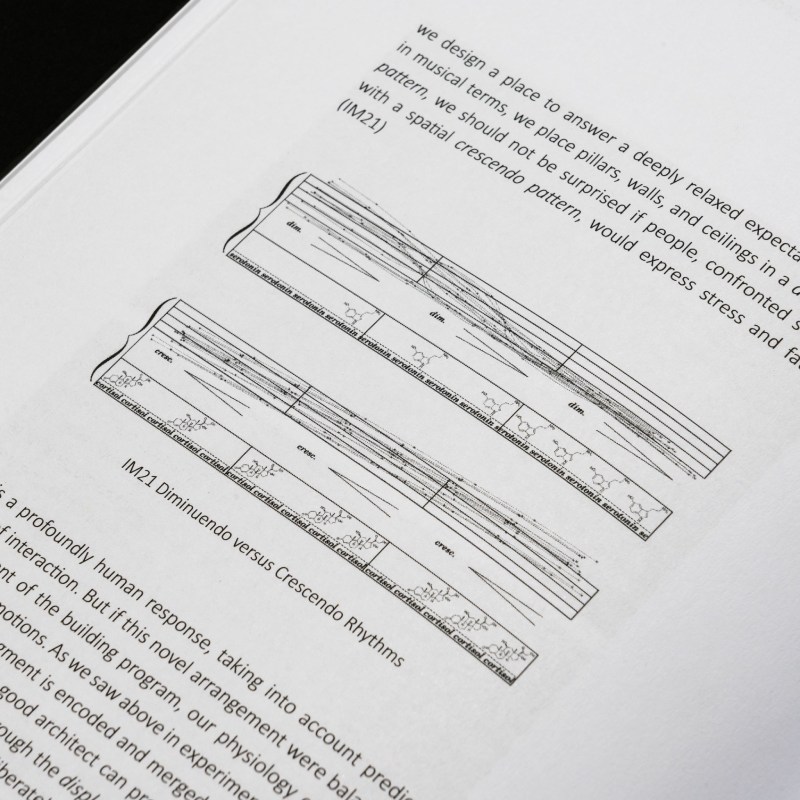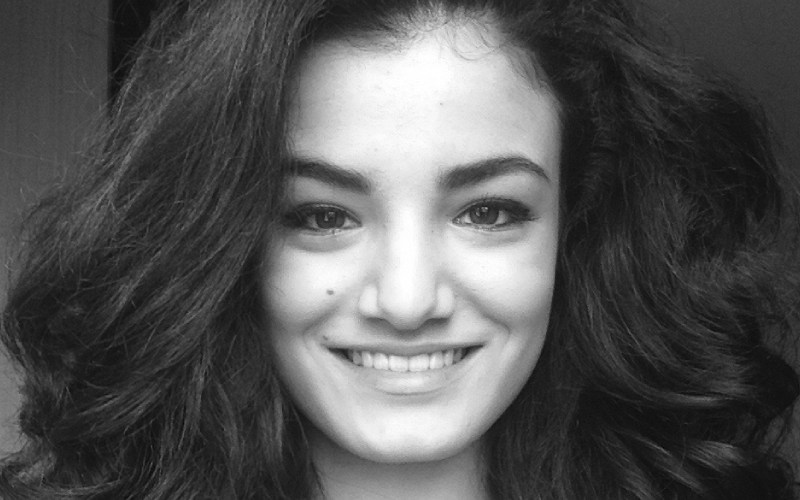For our first Feature Friday interview of 2023 we had the pleasure of talking with Architect and Neuroscience Researcher, Federica Sanchez – currently based in Milan, having previously gained experience in Japan, and the Netherlands.
WOD: Let’s start with your current role – tell us a bit about it…
FS: “At the moment my work mainly consists in carrying out research about cognitive neuroscience to understand the effects space has on humans. The theoretical findings are useful to inform architects during design processes. Bridging neuroscience and design from a practical point of view is still an experimental field, consequently I am currently testing different application methods. I mainly work as a consultant for designers and companies that want to change their physical spaces in order to elicit certain states of mind and feelings. The main real estate sector in which I am involved is workplace design, but I have also been working on projects about school, prison and hospital design.”
WOD: What are the key issues currently relevant to your client base?
FS: “Especially after the pandemic, there has been a growing awareness about employees’ mental health and the importance of physical presence at the workplace. Together with a raising attention to work-related burnout and “quiet quitting”, companies started investing on employees’ psychological wellbeing, with changes in managerial culture also through physical re-designs of workspaces, informed by neuroscience.
The main goal in the application of neuroscience to office design is the enhancement of physical and mental wellbeing of employees. Nowadays burnout and stress work-related are major problems, especially after all the changes workplaces had to go through because of the pandemic.”
WOD: What attracted you to the workplace sector and why?
FS: “Talking to my parents and to professionals from the past generation, I realised that my perception of work is different from theirs, and with some research about this I discovered that it is actually a diffused trend. Thanks to the recently growing awareness about mental health and psychological well-being, together with the years hit by the pandemic that helped us to rediscover the quality of personal free time, Millennials’ priorities have shifted. If in the American-born “hustle culture” people should dedicate their whole life to a job, nowadays young people focus more on finding a work-life balance and pursue their personal passions through a job, rather than signing a long-term contract. These socio-cultural changes attracted me in investigating psychological causes and effects that workplace culture has among young people.”
WOD: Of these issues, which do you find most interesting and challenging?
FS: “One of the most challenging issues in the application of cognitive sciences to spatial design is to elaborate scientific protocols to analyse spaces’ perception to inform design processes that are customized on the people who are going to live in it. At the moment there is a very extensive body of research with many different experiments, but I don’t want to fixate on just one stream of thinking, which is why it is a continuous experimentation.”
WOD: What changes are needed, if any, to support women in office design? And what are your thoughts about the role of women in our industry?
FS: “The Gender Diversity Index shows that women are a minority in the managing and leading scene, both in Europe and in Italy. In the architectural field, “famous” female designers are less in numbers compared to men. On the other hand, architecture is not only buildings. In this sense I notice that currently architectural projects are getting enriched by new multidisciplinary approaches and specialisations. I hope that the rise of innovative professional figures and positions in design companies might contribute to new opportunities for women in leading positions.”
WOD: Can you provide some examples of recent projects you have worked on?
FS: “As mentioned in the previous answer, architects do not only design buildings and in fact, I recently illustrated a book. When I was a student at the University of Architecture I became passionate about illustrations, graphic design and infographics. My work was published on magazines like Domus, Designboom and recently I illustrated complex philosophical and scientific concepts about neuroscience and architecture, published by Mimesis International.

The book title is “Tuning Architecture with Humans: Neuroscience Applied to Architectural Design” written by Davide Ruzzon and published by Mimesis International.”

WOD: Tell us what you’re excited for in the next 12-or-so months – this could be a new venture, a change of company, an event, or anything else you think the WOD community would like to hear about…
FS: “I will be part of a research team led by neuroscientists in which we will carry out experiments to analyse the architectural features of spaces that can help relaxation and slowing down to contribute to psychological well-being of people.”
Thanks to Federica for kicking off our 2023 series of Feature Friday interviews. If you’d like to reach out to her directly, you can do so using the links below:
• Federica’s Instagram: https://www.instagram.com/federicasnchz/
• Federica’s LinkedIn: https://www.linkedin.com/in/federica-sanchez-architect/

